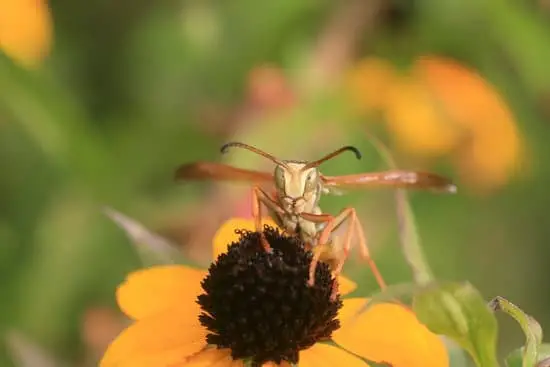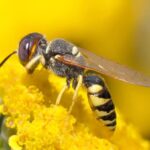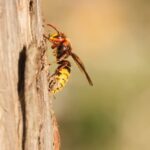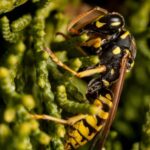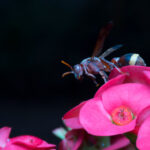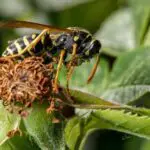Where Are Wasps in Winter?
Several solitary wasp species hibernate in the ground over winter. However, many werep colonies die from the first frost. In the spring, the adults re-emerge and search for a suitable location to overwinter.
The first to die are the worker wasps. This happens because they are unable to fly in freezing temperatures. They also die because they lack food. However, the female wasps that are slated to become queens can survive the winter. These queens are the ones that will lay eggs.
The queen wasps lay eggs in a cell within the nest. The queen tucks her wings and antennae around her body to protect her. She then produces glycerol, which acts as an antifreeze. These glycerol compounds help protect the queen from falling ice.
When spring arrives, the wasp queens search for a good location to build their nest. They can build their nest in a variety of places, including basements, attics, and wall cracks. They can also hibernate in old logs, woodpiles, and leaf litter.
These wasps are not aggressive, but can be a nuisance if their nests are too large. They can be easily removed with a licensed pest control professional. If you want to prevent wasps from overwintering in your home, you should install weather stripping, screens, or door sweeps.
Wasp nests can be found in a variety of places, including attics, wall cracks, window frames, and chimneys. They can be sealed with silicone sealant or steel wool.
